Home>Furniture & Design>Outdoor Furniture>What Is The Best Material For Outdoor Statues
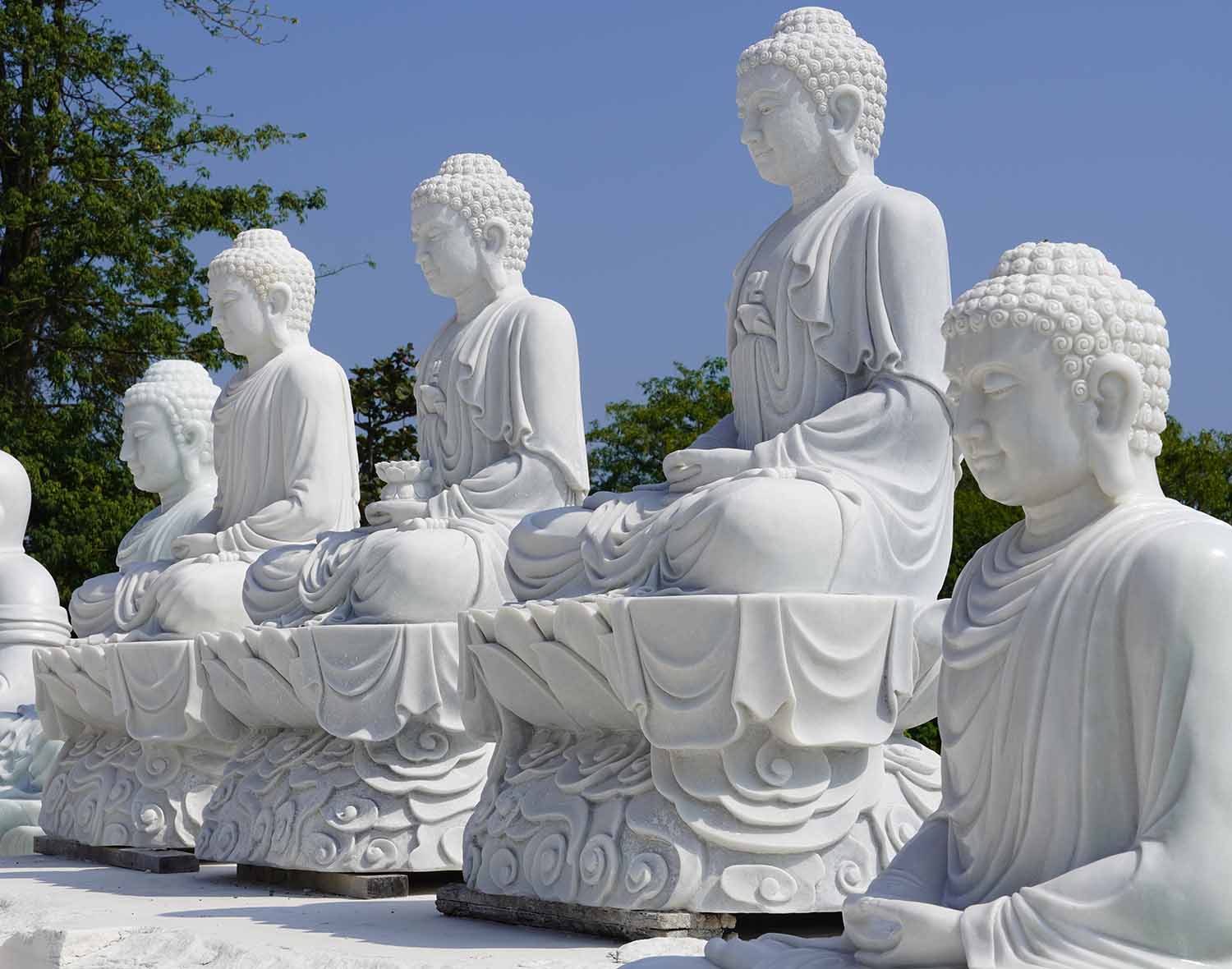

Outdoor Furniture
What Is The Best Material For Outdoor Statues
Published: January 14, 2024
Discover the best material for outdoor statues and enhance your outdoor space with durable and stylish outdoor furniture and designs. Explore the top options for long-lasting outdoor decor.
(Many of the links in this article redirect to a specific reviewed product. Your purchase of these products through affiliate links helps to generate commission for Storables.com, at no extra cost. Learn more)
Introduction
When it comes to enhancing the beauty and charm of outdoor spaces, statues play a pivotal role. Whether adorning a serene garden, a luxurious courtyard, or a public park, outdoor statues have the power to captivate and inspire. However, the longevity and visual appeal of these statues heavily depend on the choice of material. Selecting the right material for outdoor statues is crucial, as it determines their durability, resistance to weathering, and overall aesthetics.
In this comprehensive guide, we will explore the various materials available for crafting outdoor statues, and delve into the factors that should be considered when making this important decision. By understanding the unique properties and characteristics of each material, you will be empowered to make an informed choice that aligns with your specific preferences and the environmental conditions of the intended outdoor space.
Let's embark on a journey through the world of outdoor statues, where we will uncover the secrets of selecting the best material to adorn and enrich your outdoor environment.
Key Takeaways:
- Choose outdoor statue materials based on weather resistance, durability, maintenance needs, aesthetic appeal, budget, and cultural significance to ensure they withstand outdoor conditions and align with your artistic vision.
- Stone, metal, resin, concrete, wood, and plastic are common outdoor statue materials, each with unique properties. Stone exudes elegance, metal offers enduring beauty, resin provides versatility, concrete is durable, wood creates a rustic ambiance, and plastic offers affordability and low maintenance.
Read more: What Paint To Use On Outdoor Cement Statues
Factors to Consider When Choosing Material for Outdoor Statues
Before delving into the specific types of materials available for outdoor statues, it is essential to consider several key factors that can significantly impact your decision-making process. By carefully evaluating these factors, you can ensure that the chosen material aligns with your aesthetic preferences, maintenance capabilities, and the environmental conditions of the intended outdoor setting.
- Weather Resistance: Outdoor statues are constantly exposed to the elements, including sunlight, rain, snow, and fluctuating temperatures. It is crucial to select a material that can withstand these environmental stressors without deteriorating or losing its visual appeal over time.
- Durability: The longevity of outdoor statues is a primary concern for many individuals. The chosen material should be durable enough to withstand outdoor conditions and resist physical wear and tear, ensuring that the statue remains intact and visually striking for years to come.
- Maintenance Requirements: Different materials have varying maintenance needs. Consider the level of care and upkeep you are willing to invest in preserving the statue’s appearance. Some materials may require regular cleaning, sealing, or protective coatings to maintain their original beauty.
- Aesthetic Appeal: Each material possesses unique visual characteristics that contribute to the overall aesthetic appeal of the statue. Consider the desired style, texture, and color of the statue in relation to its surroundings, ensuring that the selected material harmonizes with the existing outdoor design elements.
- Budget Considerations: The cost of materials can vary significantly, impacting the overall budget for your outdoor decor project. Evaluate the cost of the materials in relation to their durability and aesthetic value to make an informed decision that aligns with your financial constraints.
- Cultural and Symbolic Significance: Certain materials may hold cultural, historical, or symbolic significance, adding depth and meaning to the outdoor statue. Consider the potential storytelling and emotional impact associated with different materials when making your selection.
By carefully assessing these factors, you can narrow down the options and select a material that not only meets your practical requirements but also resonates with your artistic vision for the outdoor space.
Types of Materials for Outdoor Statues
Outdoor statues can be crafted from a diverse range of materials, each offering unique characteristics and aesthetic qualities. The choice of material plays a pivotal role in determining the statue’s appearance, durability, and ability to withstand outdoor conditions. Understanding the distinct properties of each material is essential for making an informed decision that aligns with your preferences and the specific requirements of the outdoor setting.
Here are some of the most common materials used for crafting outdoor statues:
- Stone: Stone statues, often carved from marble, granite, limestone, or sandstone, exude timeless elegance and durability. They can withstand harsh weather conditions and develop a weathered patina over time, adding to their aesthetic appeal.
- Metal: Metal statues, crafted from materials such as bronze, brass, or iron, offer a striking and enduring option for outdoor decor. They can feature intricate details and withstand exposure to the elements with proper maintenance.
- Resin: Resin statues provide a lightweight and cost-effective alternative to traditional materials. They can mimic the appearance of stone or metal while offering greater versatility in terms of design and color options.
- Concrete: Concrete statues are highly durable and can be molded into various shapes and sizes. They are suitable for outdoor environments and can be finished to resemble natural stone or other textures.
- Wood: Wooden statues, although less common for outdoor use due to their susceptibility to decay, can create a warm and rustic ambiance. When properly treated and maintained, certain hardwoods can withstand outdoor conditions.
- Plastic: Plastic statues, often made from durable polyresin or fiberglass, offer a lightweight and affordable option for outdoor decor. They can be intricately detailed and are resistant to weathering.
Each material presents unique advantages and considerations, allowing you to tailor your choice to the specific demands of your outdoor space and your aesthetic preferences. Whether you seek the timeless allure of stone, the enduring beauty of metal, or the versatility of modern materials, there is a suitable option to bring your outdoor vision to life.
Comparison of Different Materials for Outdoor Statues
When selecting the material for an outdoor statue, it is essential to weigh the advantages and limitations of each option to make an informed decision. Here, we will compare the various materials commonly used for outdoor statues, shedding light on their unique characteristics and suitability for different outdoor environments.
Stone
Stone statues, crafted from materials such as marble, granite, limestone, or sandstone, are revered for their timeless elegance and durability. They can withstand harsh weather conditions and develop a weathered patina over time, adding to their aesthetic appeal. However, stone statues are often heavy and may require professional installation.
Read more: How To Paint Outdoor Statues
Metal
Metal statues, particularly those made from bronze, brass, or iron, offer a striking and enduring option for outdoor decor. They can feature intricate details and withstand exposure to the elements with proper maintenance. Metal statues may require periodic cleaning and protective coatings to prevent corrosion and maintain their luster.
Resin
Resin statues provide a lightweight and cost-effective alternative to traditional materials. They can mimic the appearance of stone or metal while offering greater design and color options. Resin statues are relatively low maintenance and can be easily moved or repositioned within the outdoor space.
Concrete
Concrete statues are highly durable and can be molded into various shapes and sizes. They are suitable for outdoor environments and can be finished to resemble natural stone or other textures. While concrete statues are relatively affordable, they may require periodic cleaning and sealing to maintain their appearance in outdoor settings.
Wood
Wooden statues, often crafted from hardwoods such as teak or cedar, can create a warm and rustic ambiance in outdoor spaces. However, wood is susceptible to decay and requires regular maintenance, including sealing, staining, and protection from moisture to prevent deterioration.
Read more: How To Clean Outdoor Stone Statues
Plastic
Plastic statues, commonly made from polyresin or fiberglass, offer a lightweight and affordable option for outdoor decor. They can be intricately detailed and are resistant to weathering. Plastic statues are easy to maintain and can withstand exposure to the elements without significant deterioration.
By considering the unique attributes of each material, you can make an informed decision based on your aesthetic preferences, maintenance capabilities, and the specific environmental conditions of your outdoor space. Whether you prioritize durability, visual appeal, or ease of maintenance, there is a material that aligns with your vision for outdoor statues.
Conclusion
Choosing the best material for outdoor statues is a decision that encompasses both artistic vision and practical considerations. By evaluating factors such as weather resistance, durability, maintenance requirements, aesthetic appeal, budget considerations, and cultural significance, you can navigate the diverse array of materials to find the perfect fit for your outdoor space.
Whether you are drawn to the enduring elegance of stone, the timeless allure of metal, or the versatile options offered by modern materials, each material presents unique advantages and considerations. Stone statues exude a sense of permanence and sophistication, while metal statues captivate with their intricate details and enduring beauty. Modern materials such as resin and plastic offer lightweight and cost-effective options, providing greater flexibility in design and color choices.
It is essential to consider the specific environmental conditions of your outdoor space and the level of maintenance you are willing to invest in preserving the statues’ appearance. While stone and metal statues may require periodic maintenance to retain their luster, modern materials such as resin and plastic offer low-maintenance alternatives that can withstand outdoor exposure with minimal care.
Ultimately, the choice of material for outdoor statues is a deeply personal and creative decision. Whether you seek to infuse your outdoor space with classical elegance, contemporary flair, or a touch of whimsy, the diverse range of materials available for crafting outdoor statues ensures that there is a suitable option to bring your artistic vision to life.
By understanding the unique characteristics and suitability of each material, you can make an informed decision that aligns with your aesthetic preferences and the environmental demands of your outdoor setting. With the right material, your outdoor statues will stand as enduring symbols of beauty, grace, and inspiration in the natural landscape.
Frequently Asked Questions about What Is The Best Material For Outdoor Statues
Was this page helpful?
At Storables.com, we guarantee accurate and reliable information. Our content, validated by Expert Board Contributors, is crafted following stringent Editorial Policies. We're committed to providing you with well-researched, expert-backed insights for all your informational needs.

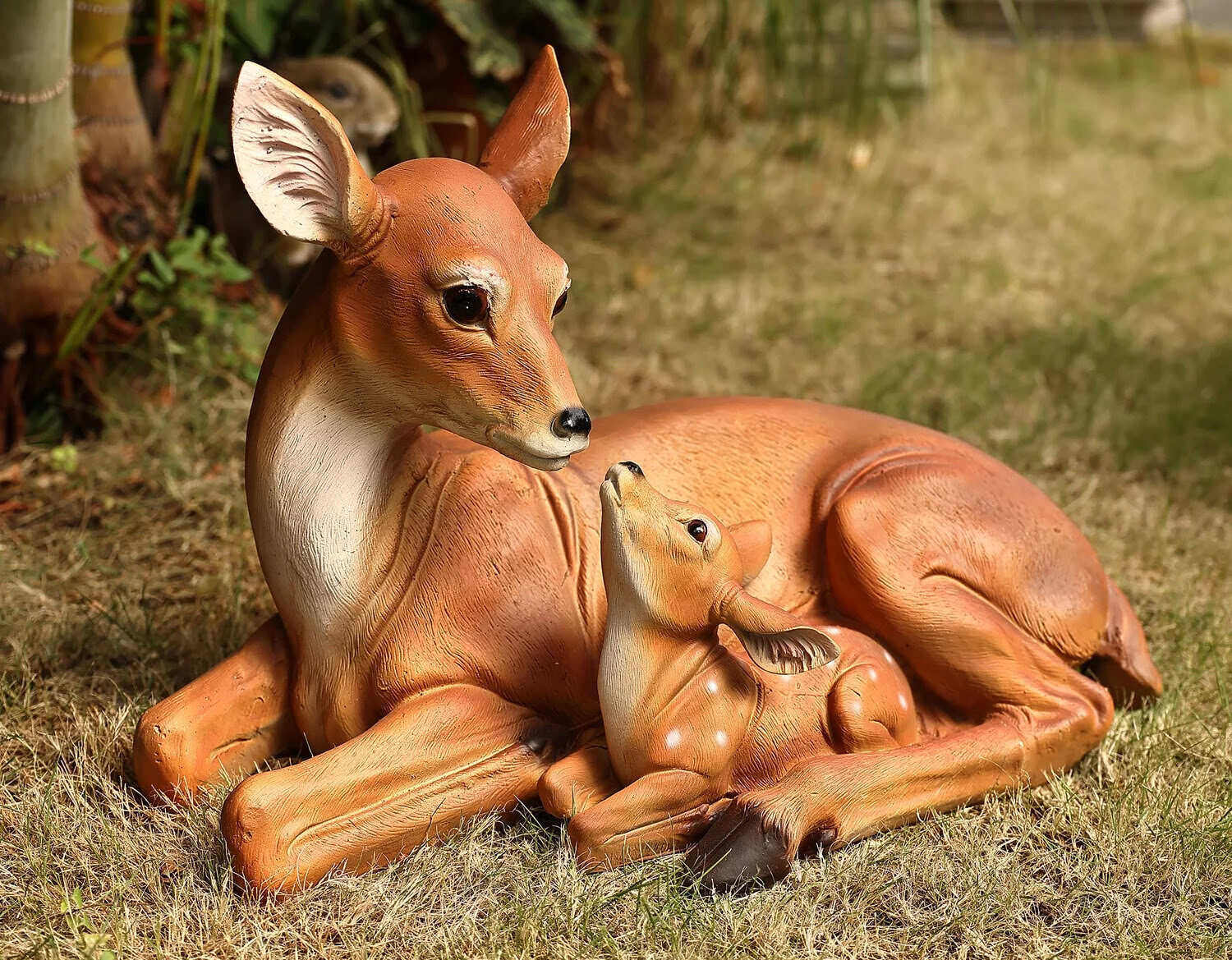
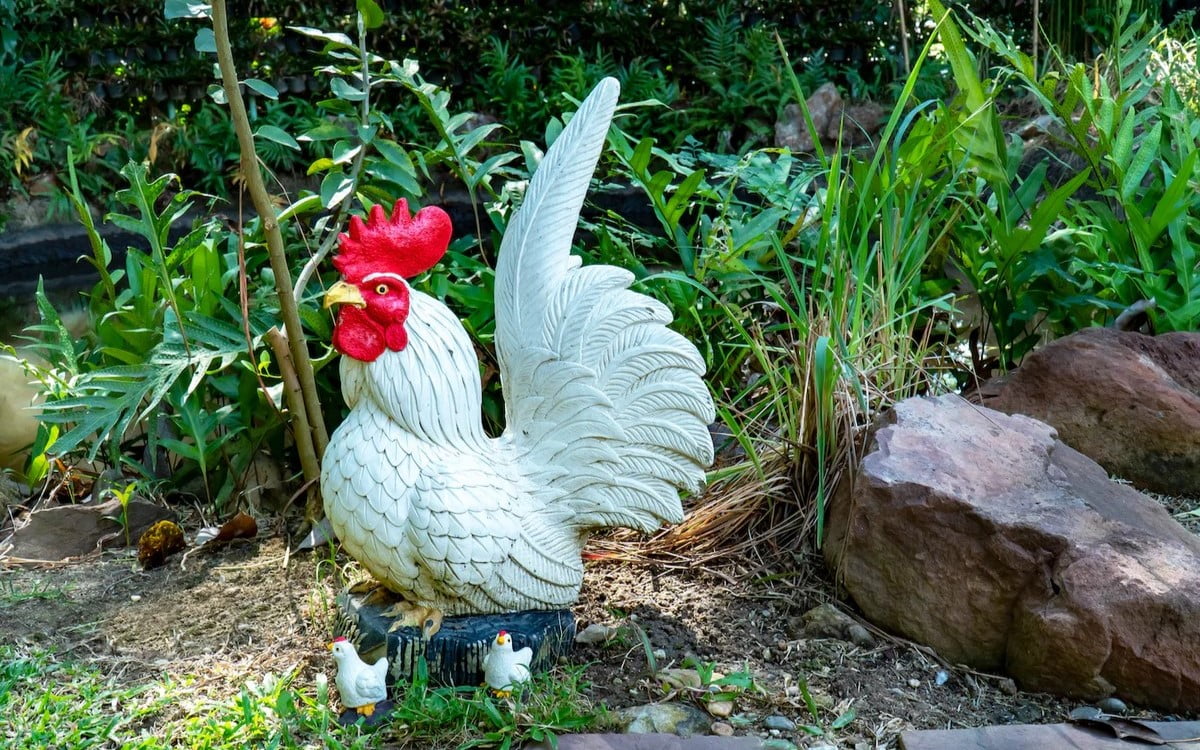
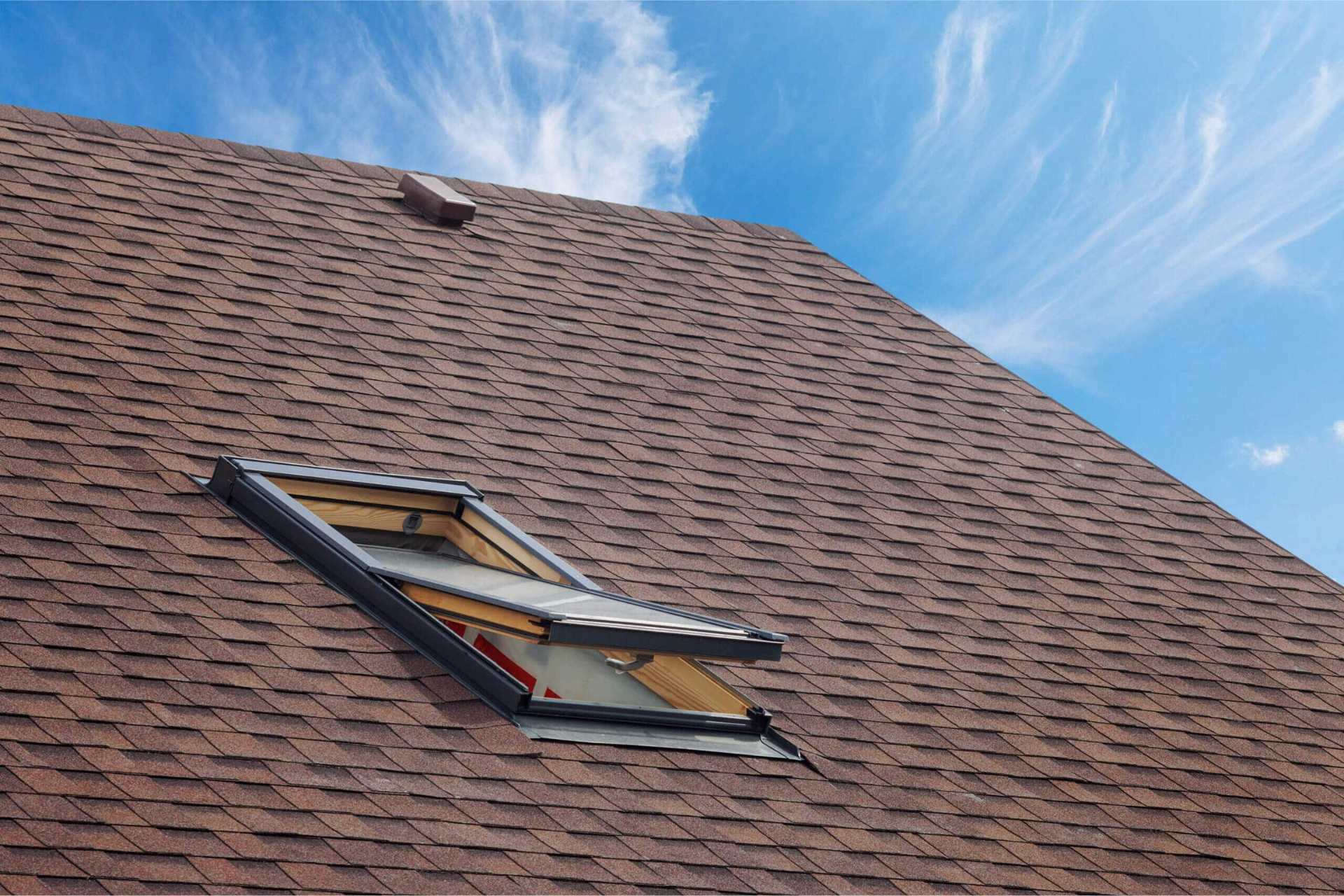
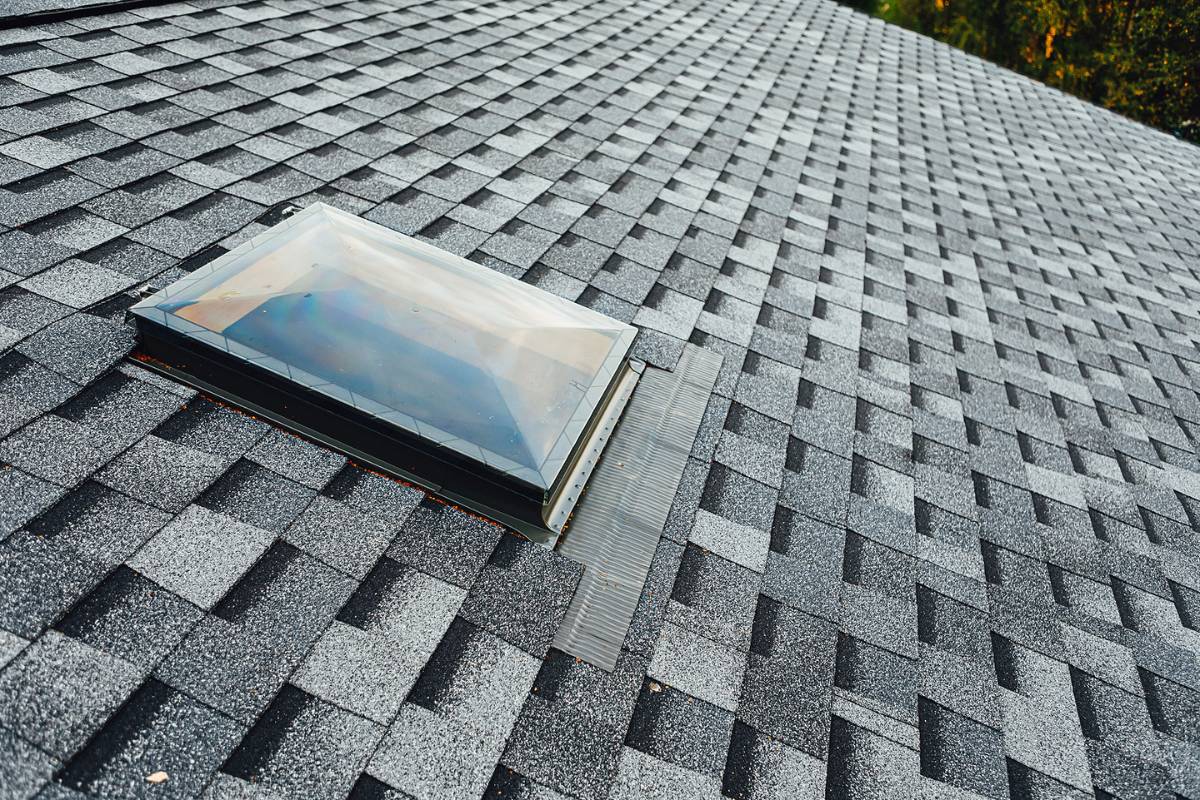

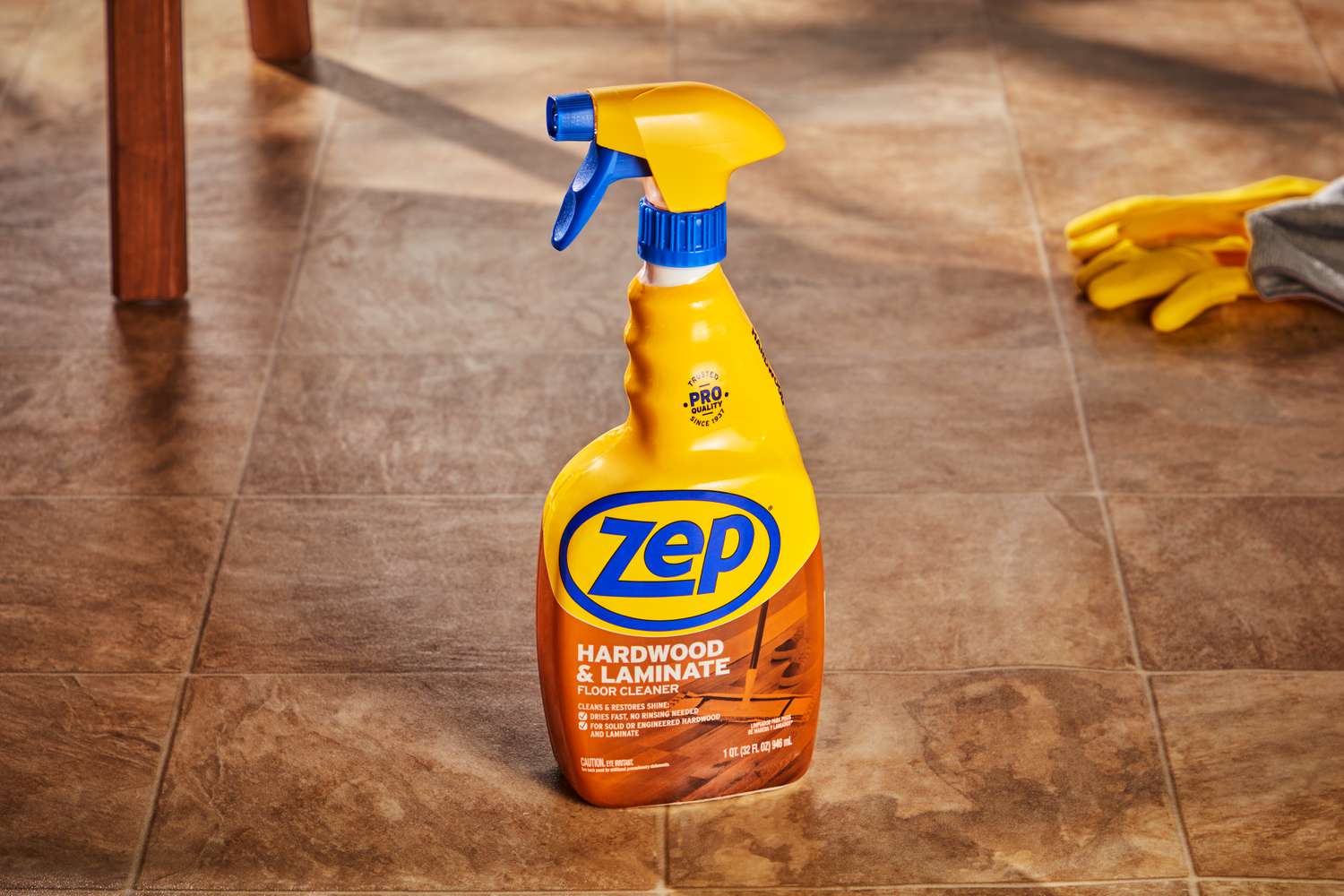
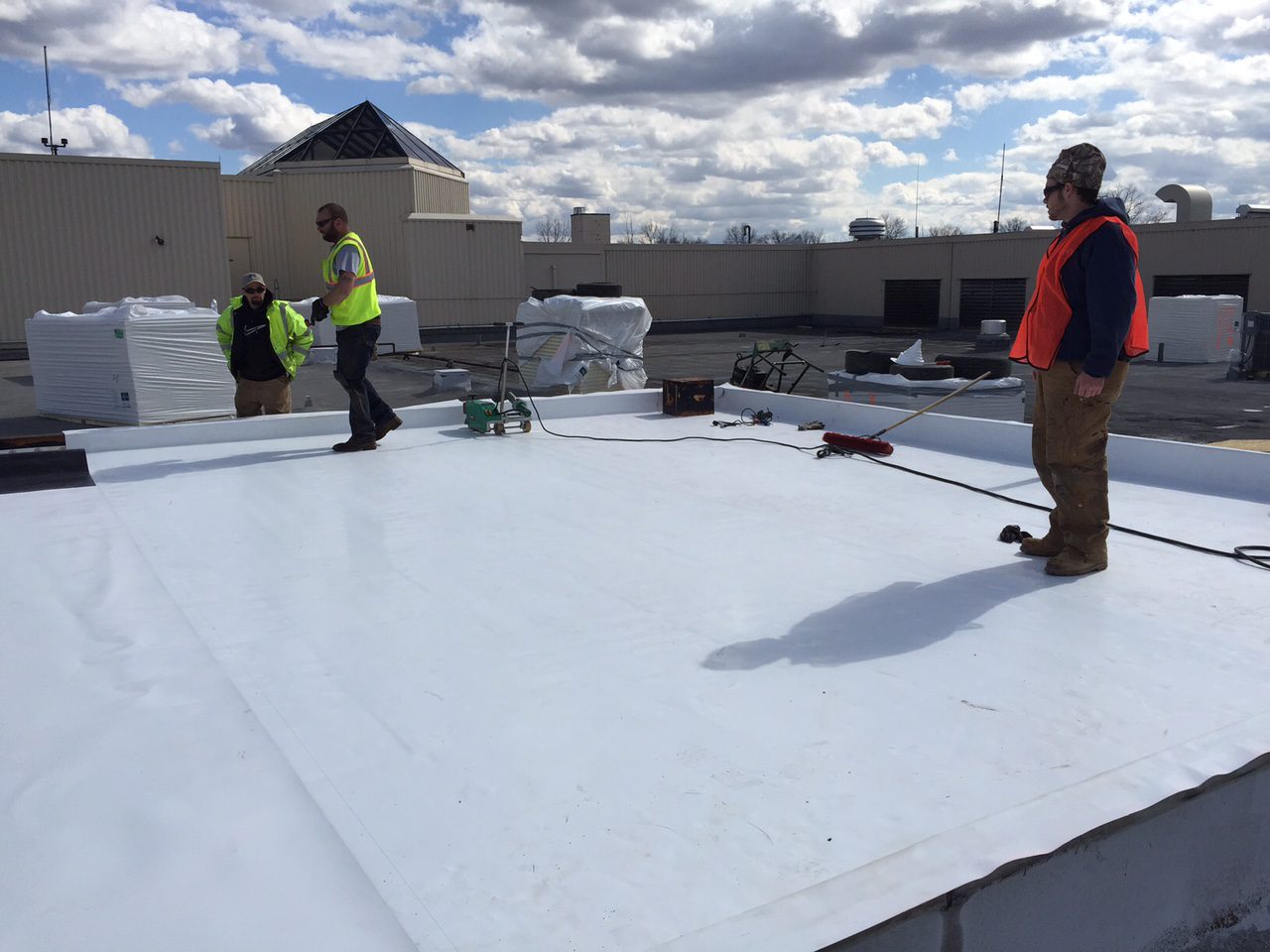

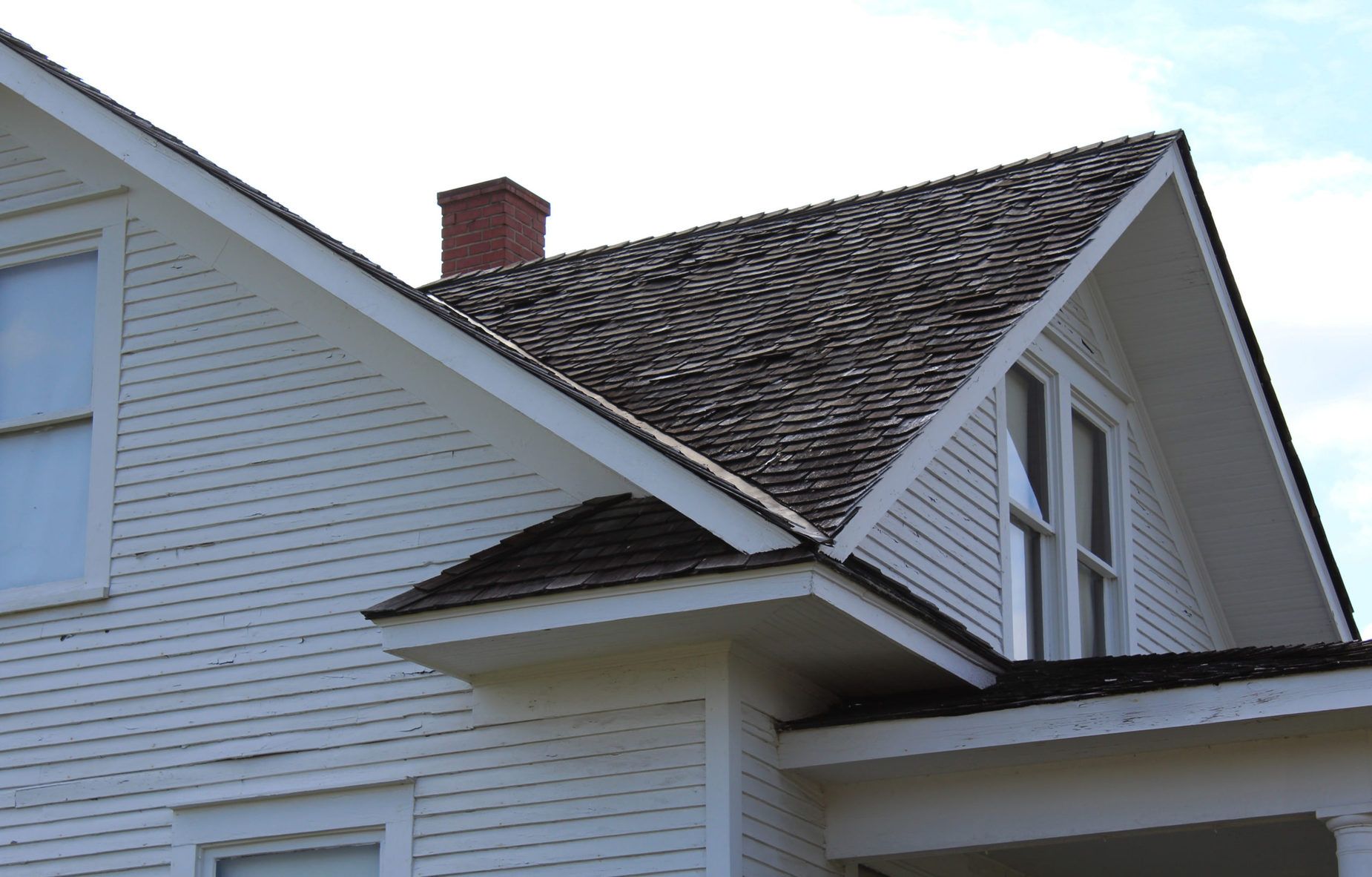
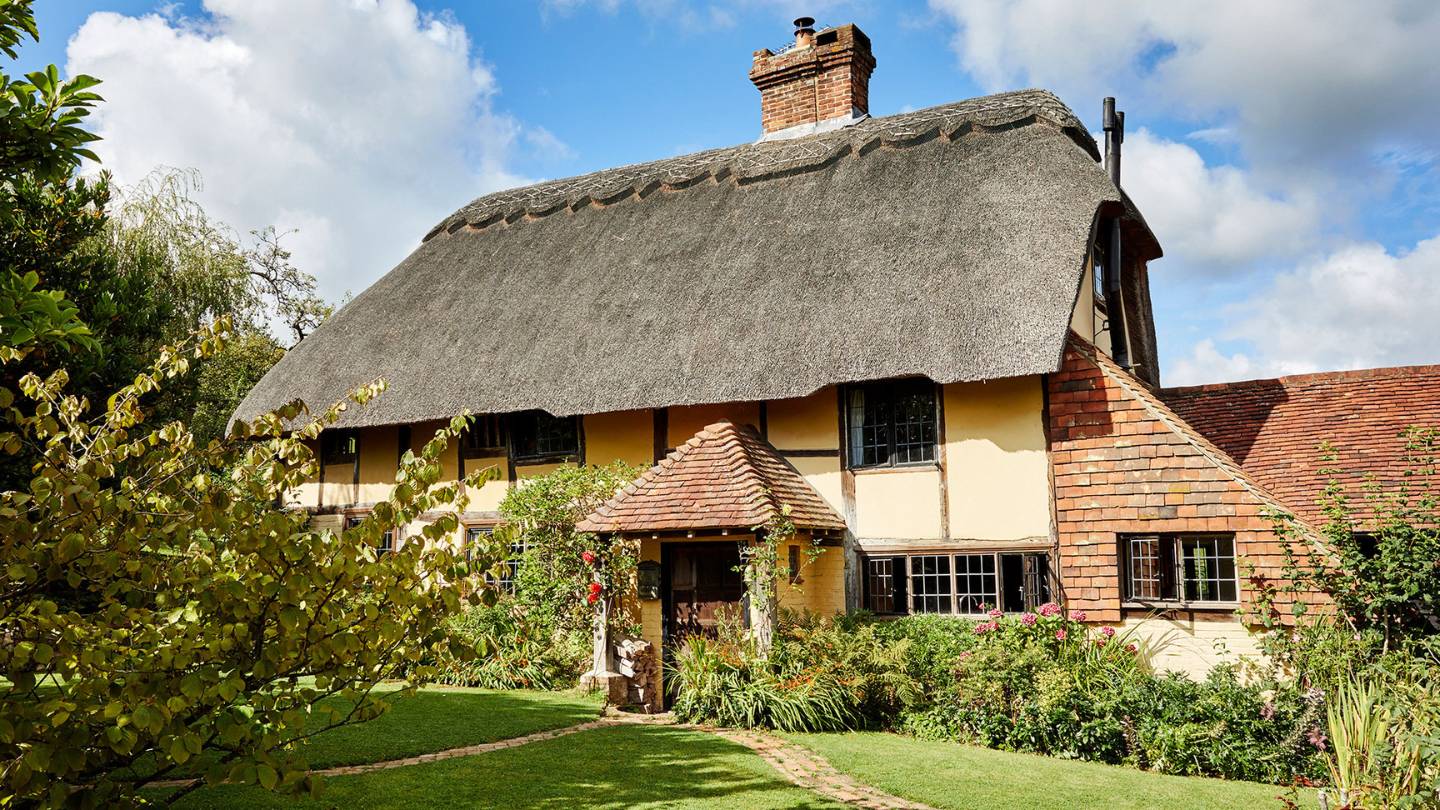
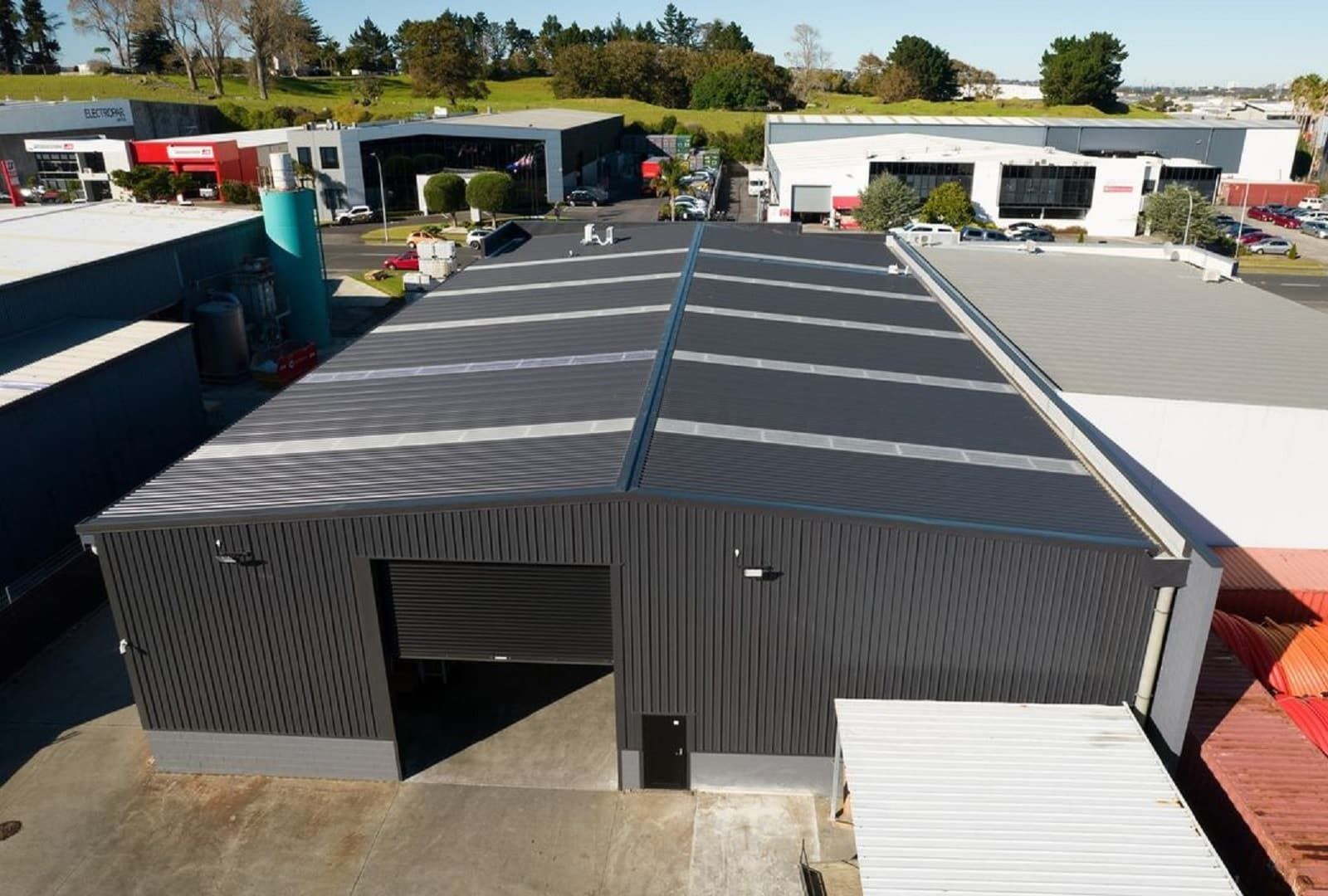


0 thoughts on “What Is The Best Material For Outdoor Statues”